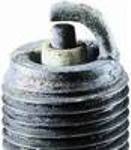
|
Spark plug chosen correctly
Light brown or grey bloom on the surface of insulator cone. Both central and side electrode do not show excessive wear. No evidence of overheating on the plug body. In normal operational conditions the spark plug is able to withstand a milage of ca. 12.000 miles. (20.000 km.)
|
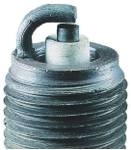 |
Spark plug “too hot”
Insulator cone white, without any bloom. Electrodes and plug body are overheated; they taken on navy blue shade as evidence of overheating due to high temperatures. Spark plugs which are too hot, cause self-ignition of engine and consequently overheating. When the plug is operated in self-ignition conditions it causes electrodes burn-outs and engine damages. Recommendation: apply colder plugs.
|
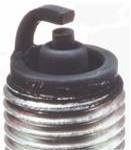
|
Spark plug “too cold”
Insulator cone covered with thick layer of dry, carbonic bloom dark colour. The same happens on electrodes and body. Engine progressively loses power and very often fails to ignite. Recommendation: apply "warmer" plugs.
|
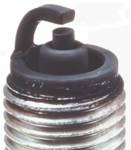 |
Smoked spark plug
Projecting nose, electrodes and spark plug body are covered with black deposit. Impurity of projecting nose cause interruption in ignition and problems with engine start. This may be caused by improper construction of air-fuel mixture, rich mixture, impurity of air filter, defective lambda sensor.
|
 |
Oily spark plugs
Insulator cone, electrodes and body are covered with black oily bloom. Dirty insulator cone causes shunt-resistance and decay of spark. Recommendation: carry out engine-related technical testing and ensure proper selection of the plugs to be applied.
|
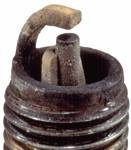 |
Mechanical damage
Spark plug with damaged (cracked, break) projecting nose. Ceramics crack is caused by mechanical damage (assembly, transportation, hit or thrust on the central electrode during careless gap regulation).
|
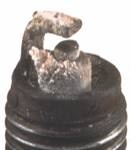
|
Ash fouled plug
A build-up of combustion deposits stemming primarily from the burning of oil and/or fuel additives during normal combustion, normally non-conductive. When heavier deposits are allowed to accumulate over a longer mileage period, they can "mask" the spark, resulting in a plug misfire condition.
|